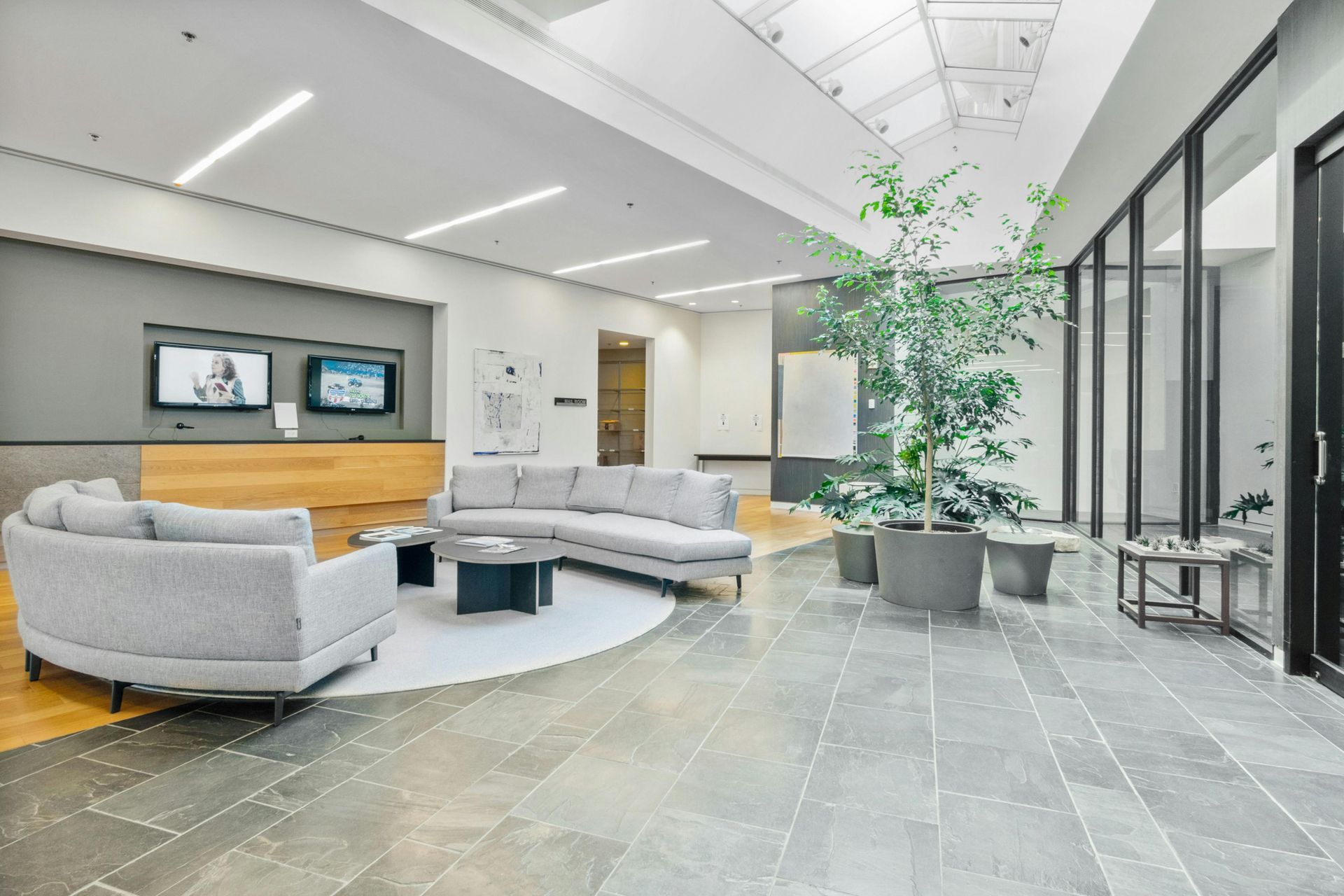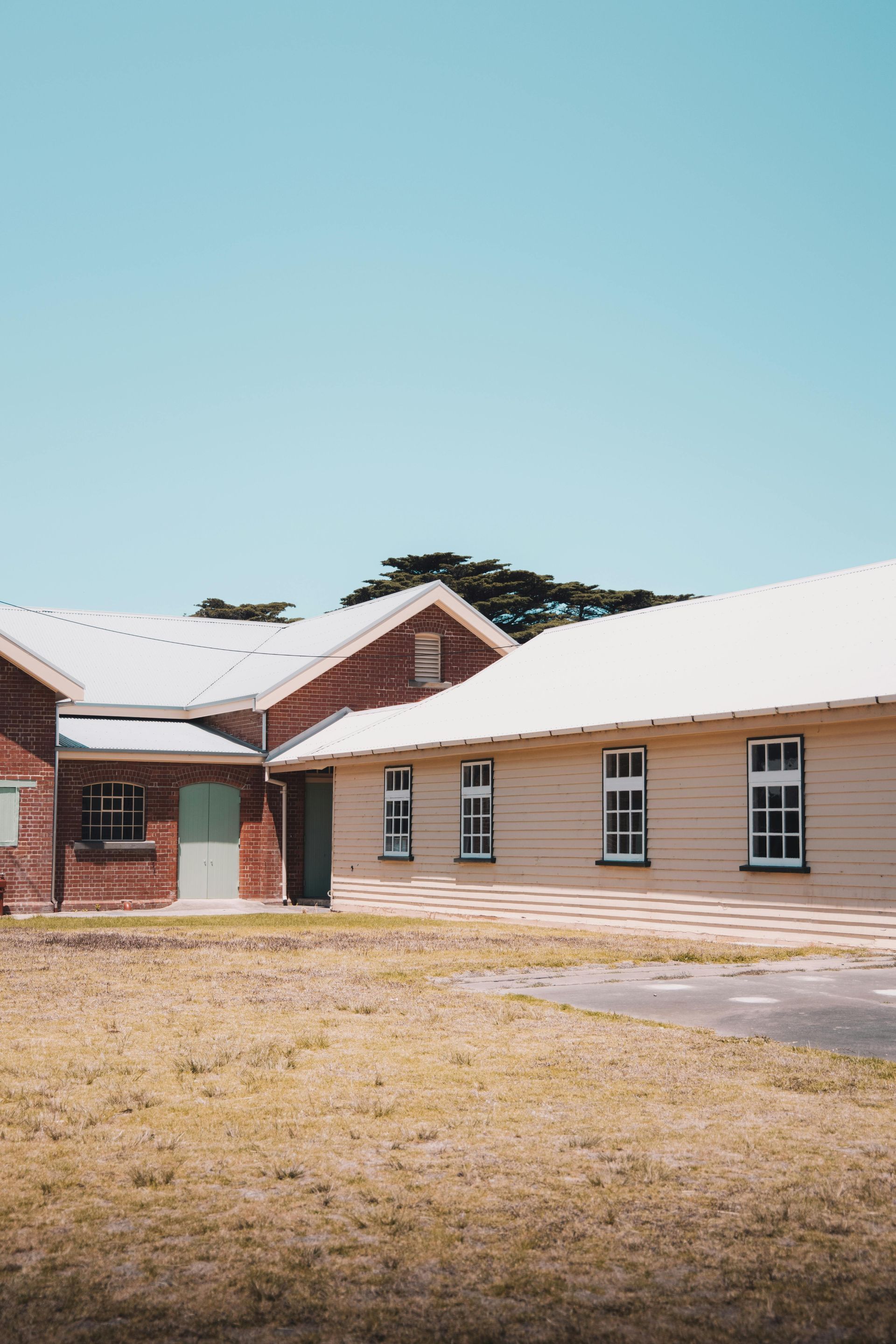Lean Construction: Transforming Commercial Building Practices with Principles and Innovation
Imagine a construction approach that slashes waste, maximizes efficiency, and ensures every stakeholder thrives, welcome to Lean Construction. By focusing on efficiency, sustainability, and continuous improvement, Lean Construction is reshaping the commercial building industry. This transformative methodology not only increases project success rates but also optimizes resources, reduces waste, and fosters collaboration across all stakeholders. Join us as we delve into the core principles of Lean construction, uncover its benefits, and share actionable insights on implementing it effectively in commercial construction projects.
What is Lean Construction?
Lean construction is a methodology that originated from Lean manufacturing principles, focusing on eliminating waste, improving efficiency, and delivering value to the customer. The primary goal of Lean construction is to enhance the overall process of building, from the initial design phase to the final delivery, by reducing inefficiencies and optimizing resources.
Origins of Lean Construction
Lean construction emerged in the 1990s as an adaptation of the Lean principles developed in the automotive industry, particularly by Toyota. The aim was to address inefficiencies in construction processes, which were historically plagued by delays, cost overruns, and resource waste. Since its introduction, Lean has evolved into a holistic approach that not only focuses on eliminating waste but also emphasizes continuous improvement and collaboration between all stakeholders involved in a project.
Importance in Modern Projects
In today’s competitive commercial construction industry, Lean construction is vital for improving productivity, minimizing risks, and delivering projects that meet quality standards on time and within budget. As clients demand higher-quality outcomes with more sustainable practices, adopting Lean construction principles has become a key factor for long-term success in the industry.
Core Principles of Lean Construction
Lean construction is driven by five fundamental principles that help improve project performance. These principles work together to optimize processes, create value, and deliver successful projects.
Value Creation and Customer-Centricity
The first principle focuses on delivering value from the customer's perspective. Instead of assuming what the customer values, Lean construction emphasizes understanding the customer's needs and aligning project objectives with those expectations. By creating value in every phase of the project, construction companies can ensure they meet client goals and deliver meaningful outcomes.
Streamlining the Value Stream
Lean construction prioritizes eliminating waste across the entire value stream from design and procurement to construction and delivery. The goal is to identify and remove inefficiencies that don’t contribute to the end product, ensuring that every step adds value to the process. This principle aligns closely with reducing unnecessary tasks, improving productivity, and achieving better project timelines.
Enhancing Workflow Efficiency
Efficient workflows are at the core of Lean construction. By optimizing work processes and minimizing bottlenecks, projects are completed more quickly and with fewer disruptions. Lean methods such as pull planning ensure that materials, labor, and tasks are available when needed, reducing downtime and increasing efficiency across the entire project.
Waste Identification and Elimination
Lean construction focuses heavily on eliminating different types of waste whether it's wasted materials, time, or labor. By identifying and addressing inefficiencies early in the project, teams can minimize resource consumption, cut costs, and improve the overall quality of the work. Common wastes in construction include waiting, overproduction, defects, and unnecessary movement.
Fostering Continuous Improvement
A core tenet of Lean construction is continuous improvement, often referred to as "Kaizen" in the original Japanese context. This principle encourages teams to constantly seek ways to improve processes, solve problems, and enhance efficiency. By fostering a culture of continuous improvement, projects can evolve dynamically, leading to better outcomes with every iteration.
Benefits of Lean Construction in Commercial Projects
Lean construction offers a wide range of benefits, particularly in the context of commercial building projects. By focusing on improving efficiency, quality, and sustainability, Lean practices help construction companies meet the rising demands of today’s industry.
Maximizing Resource Utilization
One of the major benefits of Lean construction is its ability to maximize the use of available resources. Through optimized planning and scheduling, resources like labor, materials, and machinery are utilized efficiently, reducing waste and unnecessary expenditures. This leads to significant cost savings and higher productivity across all project phases.
Ensuring Higher Quality and Safety Standards
With Lean practices, quality and safety are integrated into every phase of the project. Continuous improvement leads to better processes, reducing the likelihood of errors and defects. Furthermore, Lean's emphasis on collaboration and communication ensures that safety standards are maintained throughout the project, reducing workplace accidents and ensuring compliance with industry regulations.
Reducing Environmental Impact
Sustainability is a growing concern in the construction industry, and Lean construction offers an effective solution. By eliminating waste and optimizing resource usage, Lean reduces the environmental impact of construction projects. This is achieved through better material management, energy efficiency, and reducing the carbon footprint of construction operations.
Enhancing Team Morale and Collaboration
Lean construction encourages collaboration between all stakeholders, from project managers and contractors to subcontractors and clients. This collaboration not only ensures better communication but also boosts team morale. By involving everyone in decision-making and encouraging mutual respect, Lean fosters a positive working environment that leads to better project outcomes.
Implementing Lean Construction
The successful implementation of Lean construction requires careful planning, stakeholder engagement, and team training. Here are some steps to help you get started:
Early Involvement of Stakeholders
One of the fundamental aspects of Lean construction is involving all stakeholders early in the project. This includes designers, contractors, subcontractors, and even clients. Early collaboration ensures that all parties are aligned with the project's goals and helps prevent issues down the line.
Lean Design Processes in Commercial Fitouts
When applying Lean principles to commercial fitouts, it is crucial to focus on design efficiency. This means reducing unnecessary design revisions, aligning design choices with the client’s needs, and ensuring that the design process is streamlined to prevent delays.
Training Teams in Lean Principles
For Lean construction to succeed, everyone involved must understand its principles. Training teams ranging from project managers to construction workers is essential for fostering a Lean culture. This training should cover Lean tools and techniques, including value stream mapping, pull planning, and waste reduction strategies.
Role of Technology and Future Trends
Technology plays a critical role in the evolution of Lean construction. Innovations such as Building Information Modeling (BIM), artificial intelligence (AI), and automation are transforming the way projects are managed and executed.
Integration of BIM (Building Information Modeling)
BIM technology allows for improved collaboration, accurate planning, and more efficient project delivery. By providing a digital model of the building, BIM enhances visualization, reduces errors, and supports real-time decision-making, all of which align with Lean principles.
Real-Time Project Monitoring and Analytics
AI and real-time monitoring technologies help construction teams track project progress, identify inefficiencies, and make data-driven decisions. This enables proactive issue resolution and enhances overall project outcomes.
Lean Construction in Sustainable Building Projects
Lean Construction’s focus on sustainability makes it a great fit for eco-friendly projects. The Green Building Council of Australia (GBCA) has praised the role of Lean practices in driving sustainable building practices in Sydney. Through Lean principles, projects can optimize material usage, reduce energy consumption, and minimize environmental impact. Incorporating energy-efficient technologies and recyclable materials has become a central feature in Sydney's green building movement, as seen in developments like the Sustainability House at the University of Sydney.
Measuring and Sustaining Success with Lean Construction
To ensure long-term success, it is essential to continuously monitor and assess Lean construction performance throughout the project lifecycle. Establishing clear metrics and key performance indicators (KPIs) is critical to maintaining Lean principles and sustaining their benefits.
Key Performance Indicators (KPIs) in Lean Projects
Effective measurement of Lean construction success revolves around tracking specific KPIs that reflect efficiency, quality, and value delivery. These may include:
- Cycle Time: Measures the time taken to complete various project phases, with Lean aiming to reduce cycle time by eliminating bottlenecks.
- Waste Reduction: Tracking waste levels in materials, labor, and energy, with a target of minimizing non-value-added activities.
- Client Satisfaction: Measuring the satisfaction of clients based on the project’s delivery, quality, and adherence to timelines.
- Cost Efficiency: While not focused directly on cost-cutting, Lean construction aims to reduce unnecessary expenditure through streamlined processes and resource optimization.
Data-Driven Insights for Long-Term Lean Sustainability
By continuously monitoring project data, construction teams can identify areas for further Lean integration and improvement. Real-time data analytics, supported by platforms like Procore and Autodesk BIM 360, allow project managers to make informed decisions on resource allocation and process adjustments, ensuring projects remain on track even in the face of unforeseen challenges.
Overcoming Challenges in Lean Construction
While Lean construction provides numerous benefits, its implementation can present challenges. Overcoming these hurdles is essential for ensuring that the principles of Lean are fully realized and integrated into the project’s fabric.
Overcoming Resistance to Change Among Teams
One of the biggest challenges in Lean construction is overcoming resistance from teams who are accustomed to traditional methods. Lean construction requires a shift in mindset, and some workers may be hesitant to adopt new processes or tools. To address this, construction leaders must prioritize training and ensure that the entire team understands the value of Lean practices in improving outcomes. Establishing a strong Lean leadership team is also critical in driving change and motivating teams to embrace new ways of working.
Aligning Stakeholder Goals with Lean Principles
Getting all stakeholders on board with Lean practices can be a challenge, especially when project goals are not aligned. It is essential for construction managers to engage with stakeholders early in the project and communicate the benefits of Lean construction. Using collaborative planning tools like Aconex or LeanKit can help foster better communication, ensuring that all parties are aligned on project objectives and Lean goals.
Planning for Long-Term Lean Adoption
For Lean construction to truly thrive, it should not be viewed as a one-off process. Instead, adopting Lean practices should be seen as an ongoing commitment. This means training future teams, refining processes, and incorporating feedback to continuously improve performance. Regular reviews and feedback loops can help reinforce Lean’s principles and lead to sustained success over the long term.
Future of Lean Construction in Sydney’s Commercial Sector
Looking ahead, Lean construction is poised to become an even more integral part of Sydney’s commercial building sector. As the demand for sustainability, efficiency, and collaboration continues to rise, the principles of Lean construction will play a crucial role in meeting these evolving needs.
Emerging Trends in Lean Practices
The future of Lean construction is closely tied to the digitalization of the industry. Technologies such as artificial intelligence (AI), machine learning (ML), and advanced robotics will continue to enhance the capabilities of Lean construction. Automation, for instance, can further streamline processes and reduce human error, while AI-driven analytics will provide deeper insights into project performance.
Additionally, the integration of Building Information Modeling (BIM) and augmented reality (AR) will create even more efficient workflows, enabling real-time adjustments and improved collaboration across project teams.
Role of Sustainability in Lean Construction
Sustainability remains at the forefront of future trends in Lean construction. As global climate change concerns escalate, the construction industry is under pressure to adopt more eco-friendly practices. Lean construction is uniquely positioned to support this shift, with its emphasis on waste reduction, efficient resource utilization, and sustainable building practices. This is reflected in Sydney’s commitment to achieving Net Zero Carbon Buildings and the growing use of green building materials.
Collaborative Construction Ecosystems
In the future, construction projects will increasingly rely on a more integrated, collaborative approach to building. With the rise of project management software and cloud-based tools, project teams can collaborate more seamlessly, regardless of location. This enhanced collaboration will further optimize Lean practices, making it easier for contractors, subcontractors, and clients to work together efficiently and achieve shared goals.
Expert’s Suggestions: Adopting Lean Construction for Smarter Building
Lean construction is not just a trend, it's the future of commercial building. By embracing its principles of value creation, waste reduction, and continuous improvement, construction companies can enhance efficiency, quality, and sustainability in their projects. As demonstrated by real-world examples in Sydney and globally, Lean construction has the potential to transform how buildings are designed, built, and delivered. By leveraging cutting-edge technologies and fostering a collaborative mindset, the industry is well on its way to creating a more efficient, sustainable, and profitable future.










